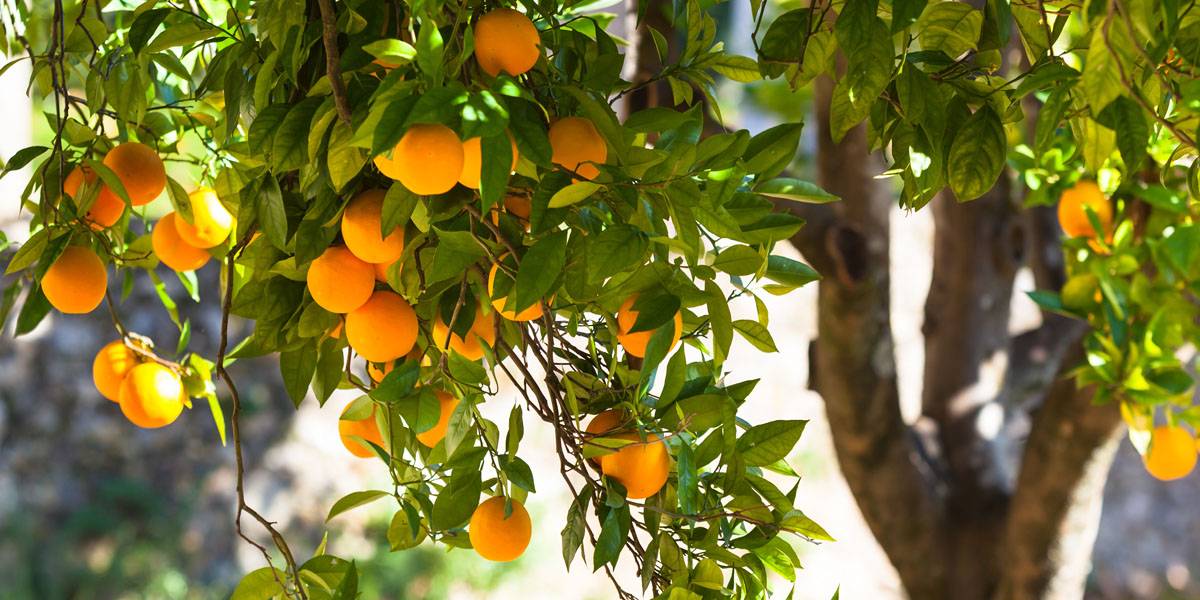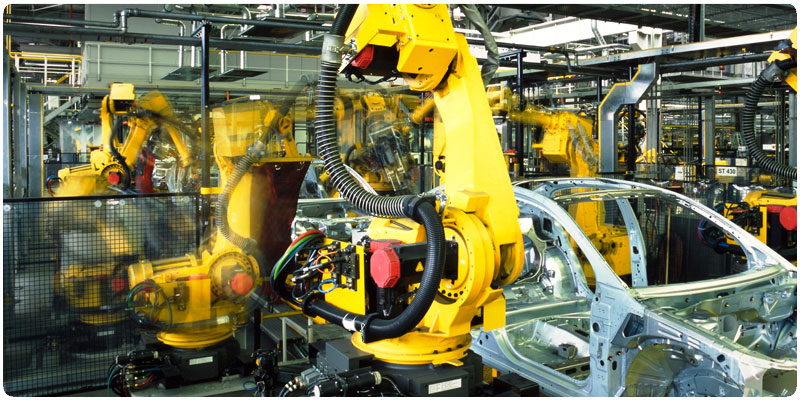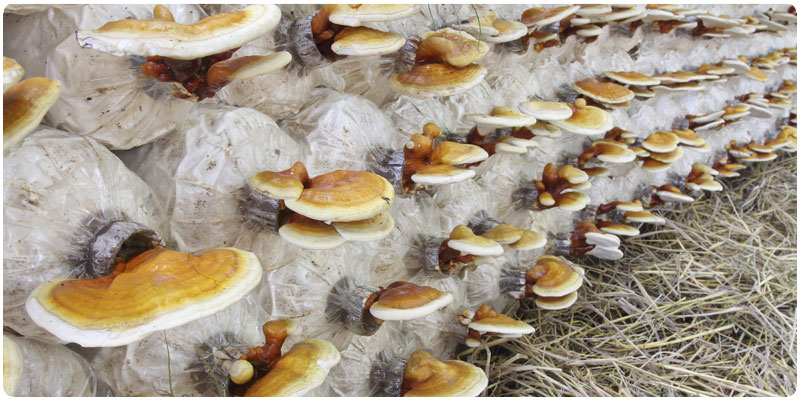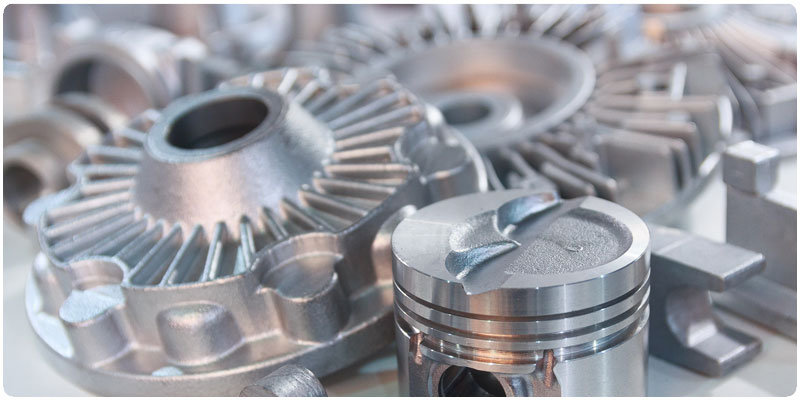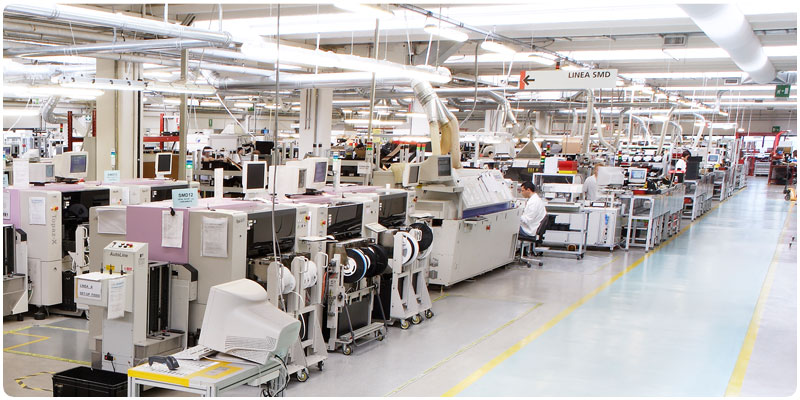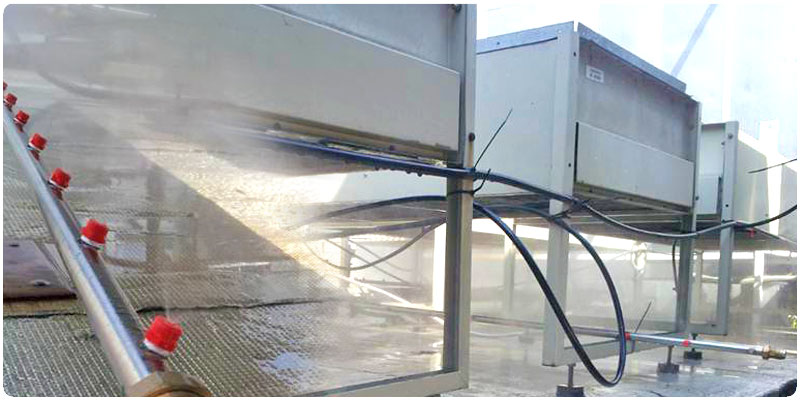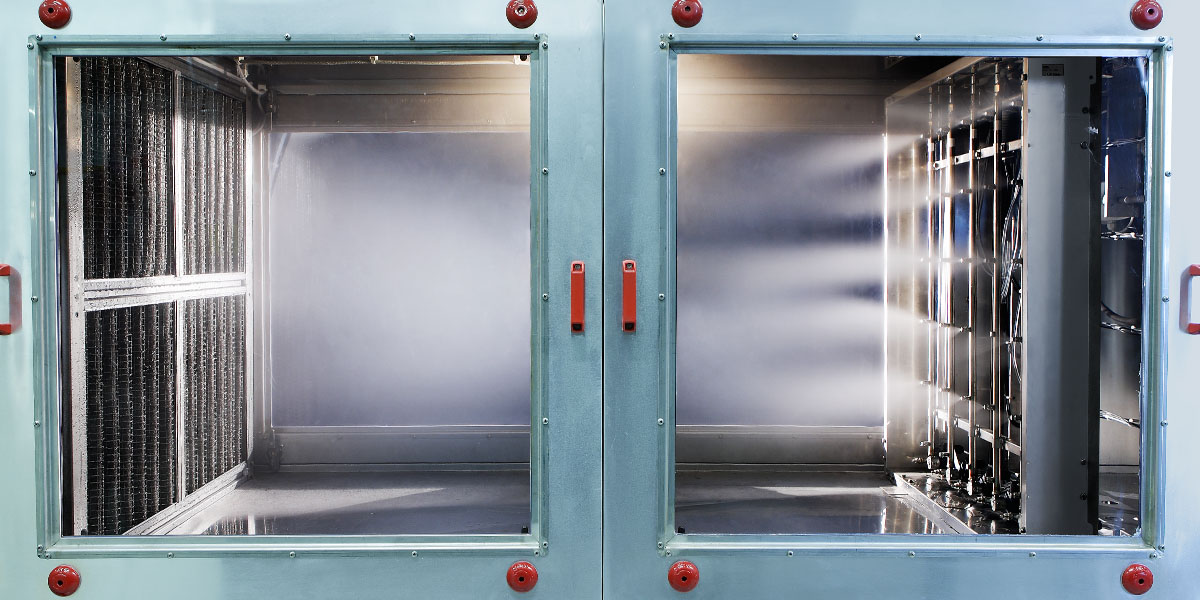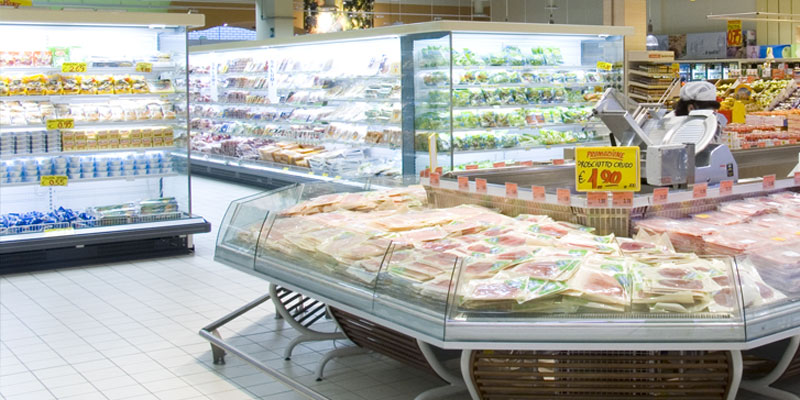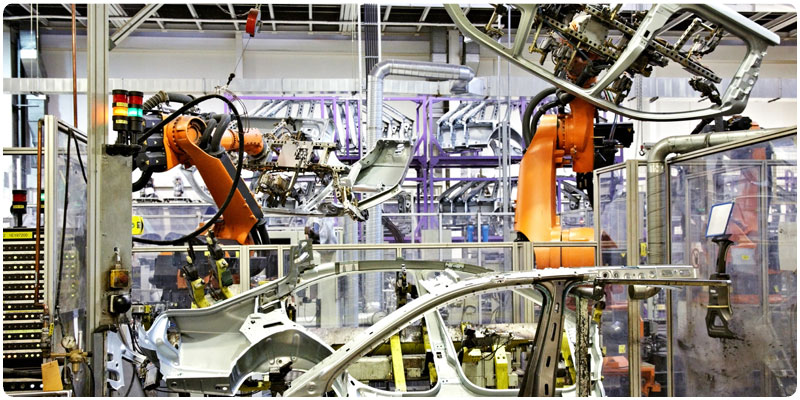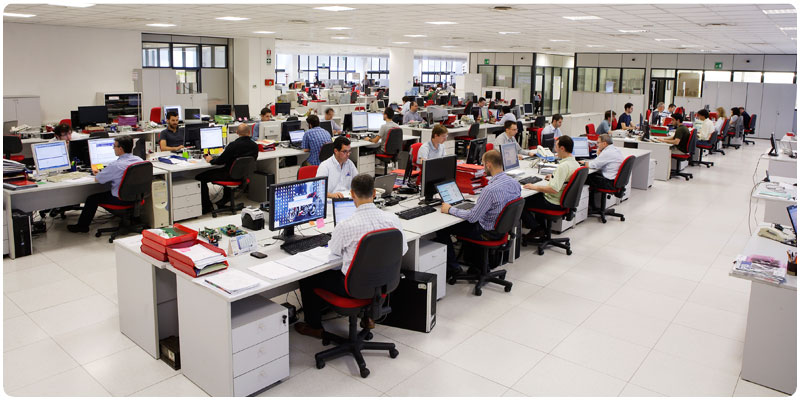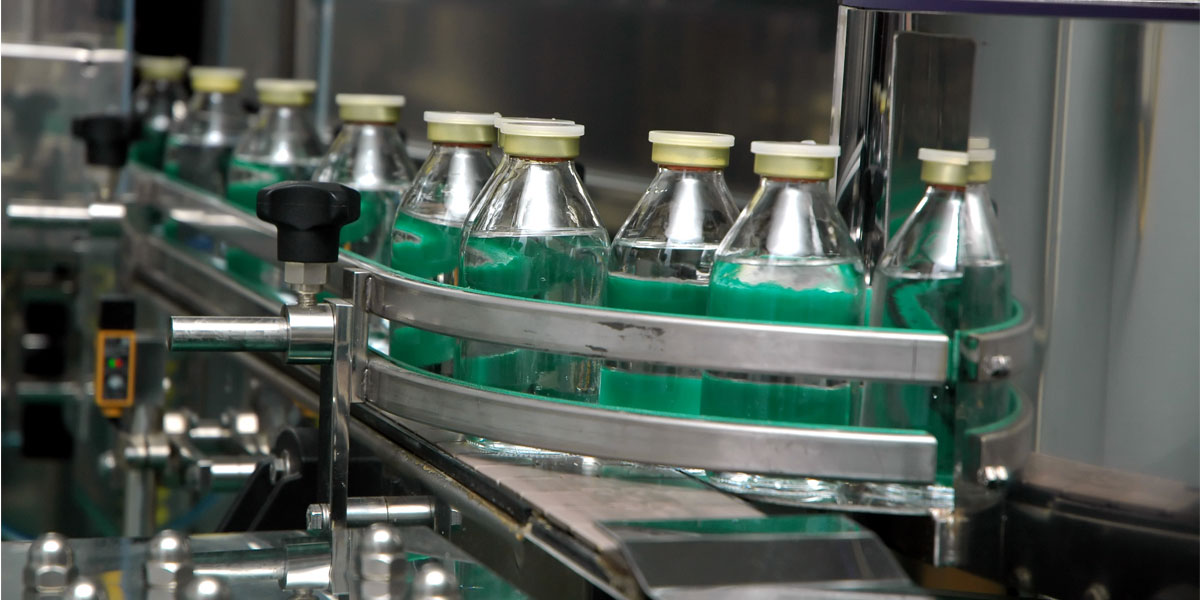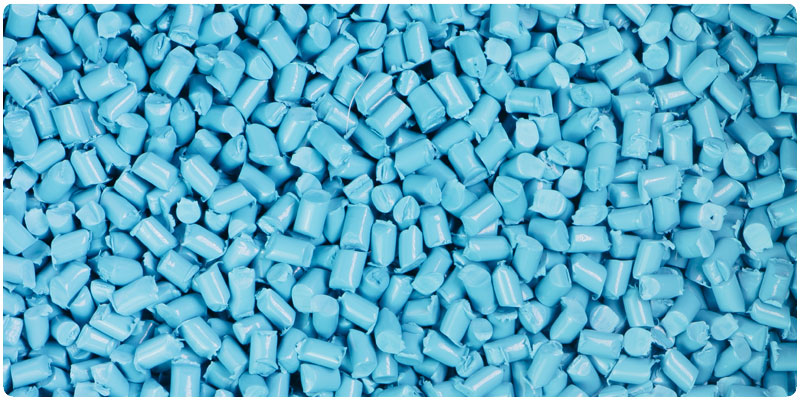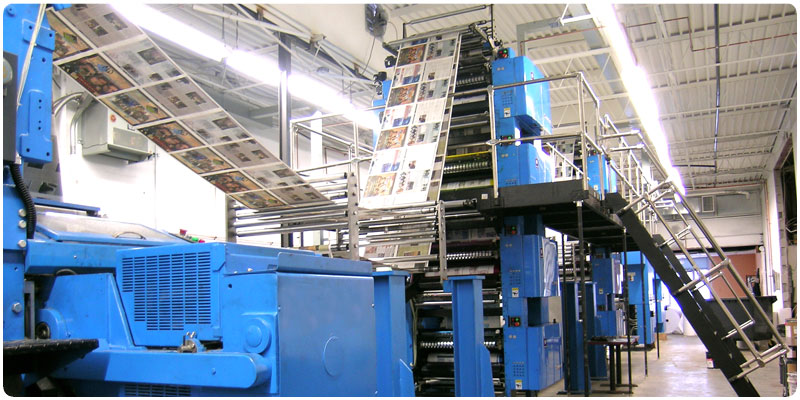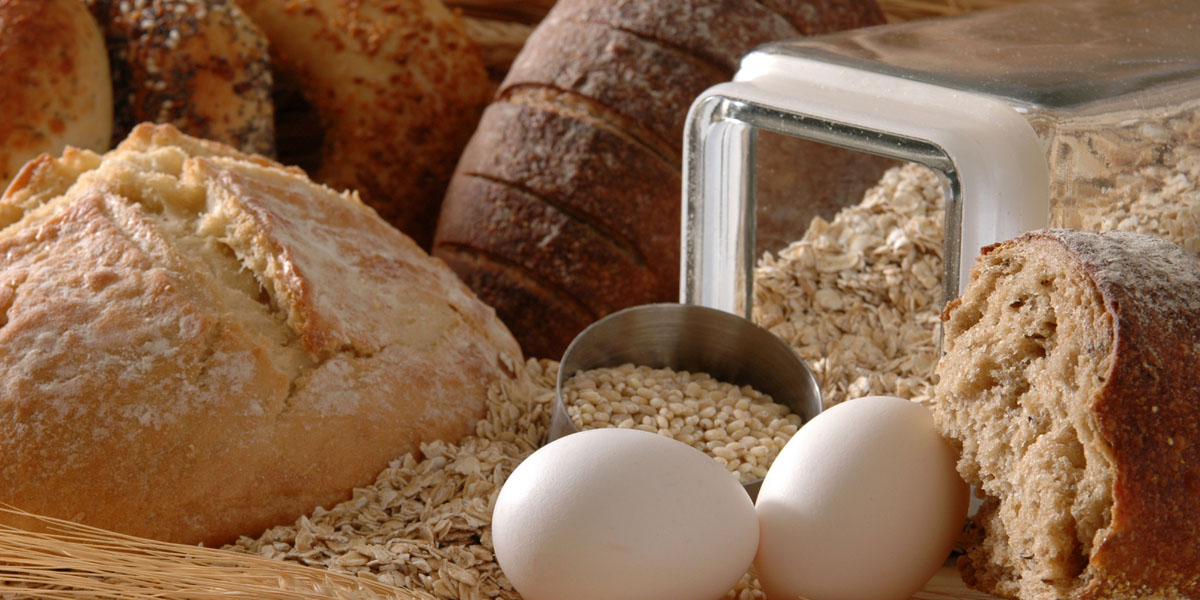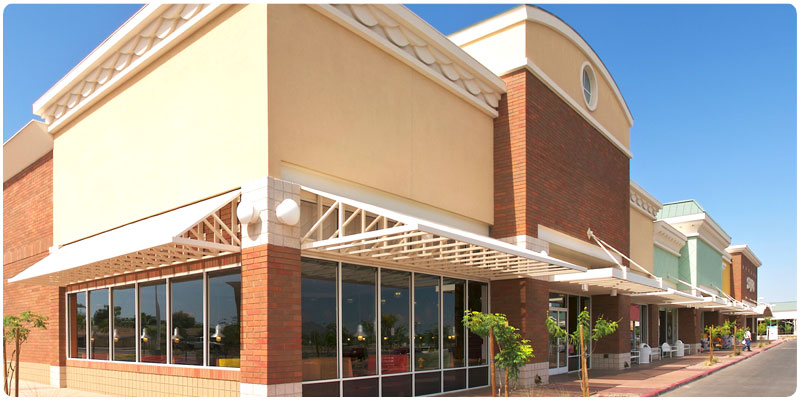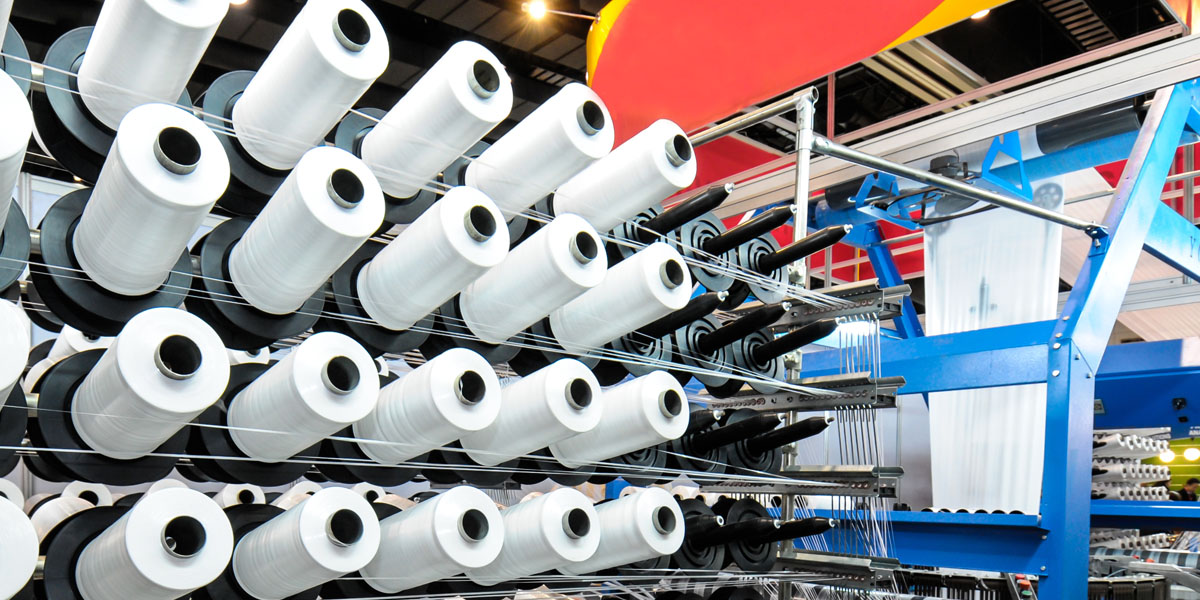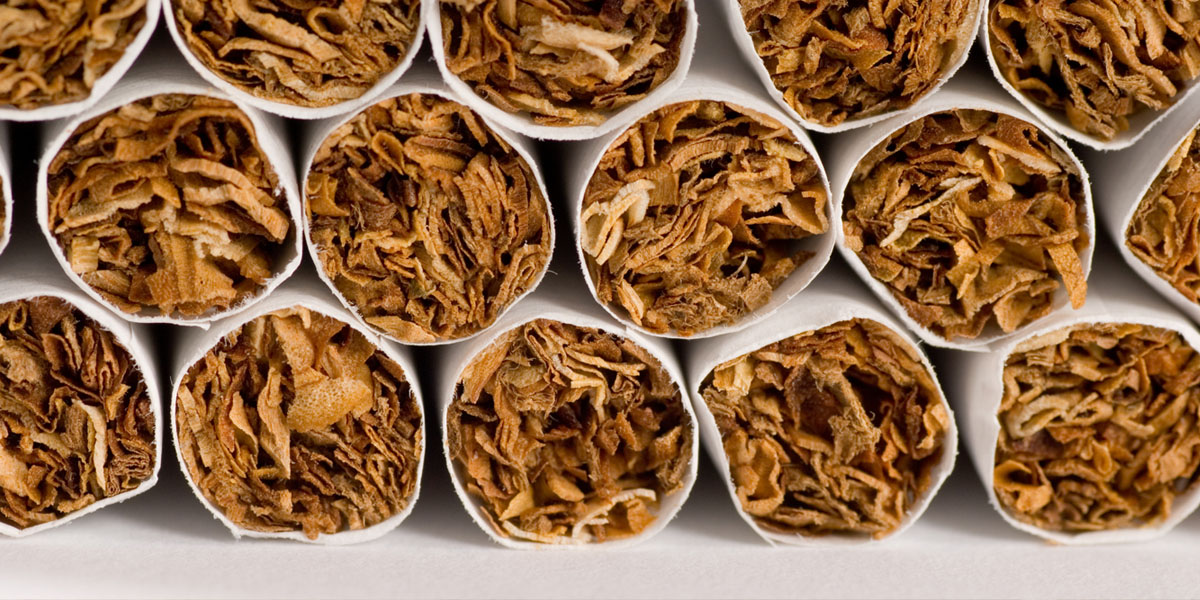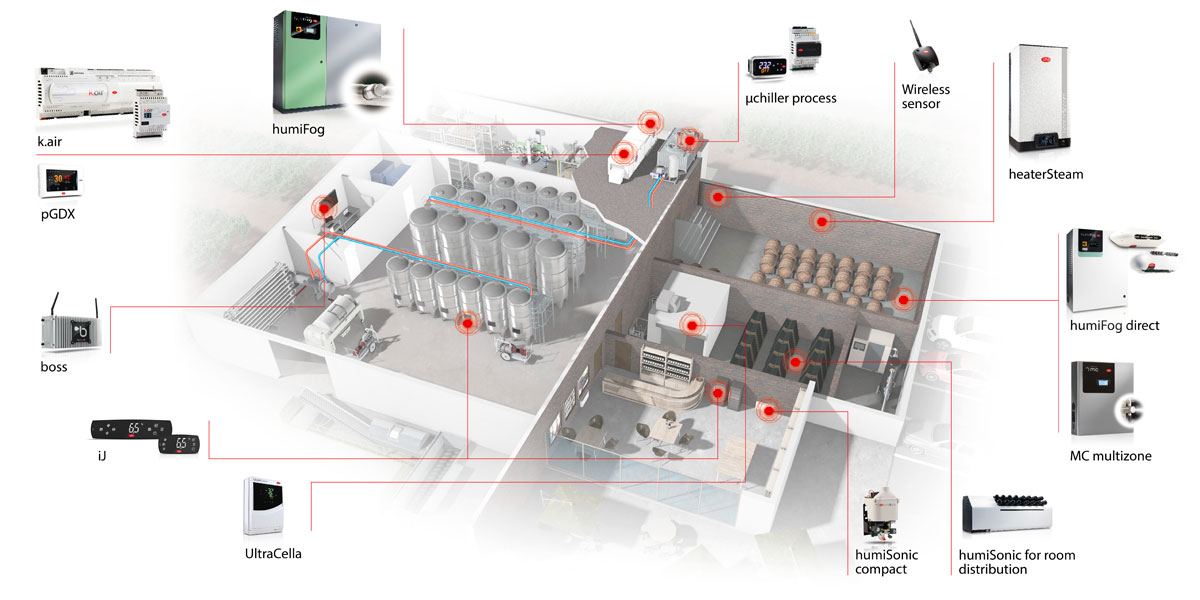Crop Storage
-
General characteristics
In food storage, crop storage and agriculture, it is essential to maintain the correct temperature and humidity. Temperature is critical to the preservation of the food or crop after it has been harvested. However since foodstuffs are hygroscopic materials it is also essential to maintain the correct humidity levels, to prevent weight loss, increase shelf life and preserve the appearance and quality of the product.
An adiabatic humidifier system can be an effective way to humidify the air having the added benefit of very low energy evaporative cooling which can supplement traditional mechanical cooling systems. It is important for foodstuffs to be stored at the optimum temperature and humidity right from time they are put in storage to when they are purchased by the consumer.
In crop storage, relative humidity and temperature are crucial factors to guarantee the quality and therefore maintain the value of the crop. Stored crop can lose weight by giving up water to the surrounding environment through the process of respiration, which lead to its quality deterioration. The ideal condition is to provide humidity levels that prevent the migration of moisture to or from the stored crop to the atmosphere.
The relative humidity of the air is very important in crop storage: for instance, potatoes should be stored between 95%rh to 98%rh to keep shrinkage losses low, as the losses are two times higher at 90%rh than at 95%rh.
-
Plus
Evaporative cooling provides a low cost, low carbon solution and has substantial benefits for food & agricultural applications
1. Meats maintain their red colour without the addition of nitrates if they stored at appropriate temperatures and humidified.
2. Evaporative (adiabatic) cooling helps prevent vegetables from losing too much moisture; the cells of the vegetables dry out irreversibly.
3. Evaporative (adiabatic) cooling increases shelf life and quality of product.

